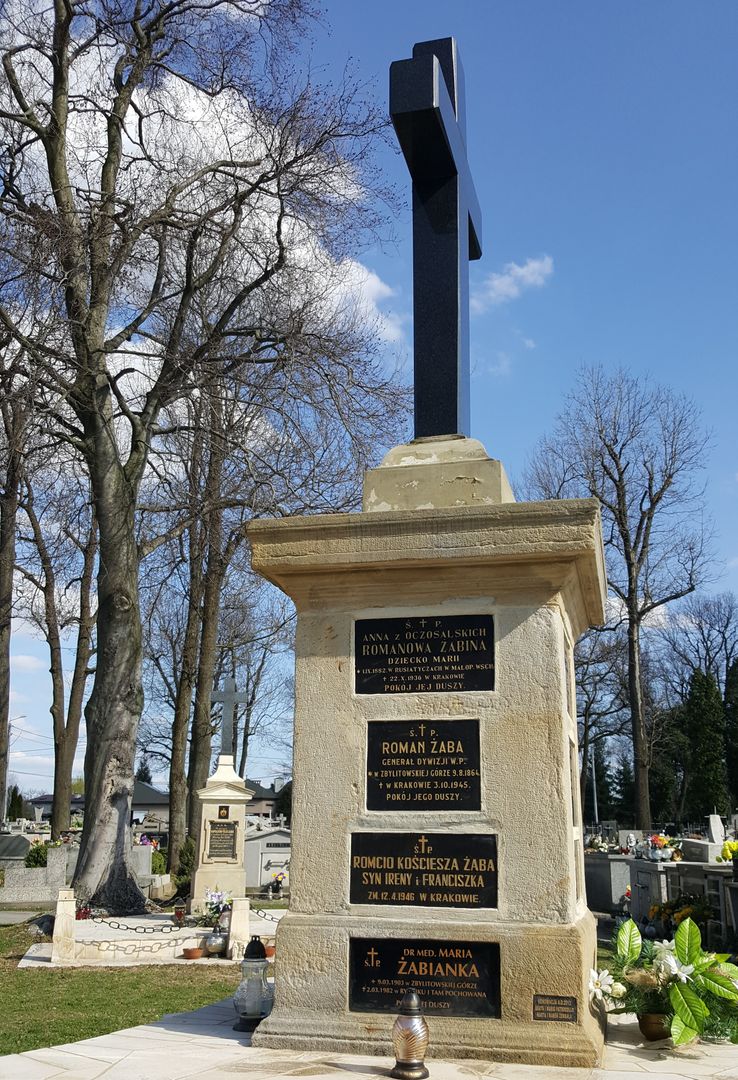Zbylitowska Góra
6.49

Overview
Zbylitowska Góra is a village in the Lesser Poland Voivodeship, located in the Tarnów district, known for its rich history dating back to 1325. The settlement consists of hamlets such as Buczyna, Podgórze, and Skotnik, and its name derives from the Zbylitowski family, who were its first owners. In 1464, a brick church was built, which underwent numerous changes over the centuries, including complete destruction during World War I, after which it was rebuilt between 1916 and 1922. The Church of the Exaltation of the Holy Cross, the heart of the parish, stands out for its figurative polychrome by Jerzy Nowosielski and a 16th-century alabaster tombstone. Another architectural monument in the region is the manor and park complex with a classicist manor house built for Franciszek Moszczeński. Zbylitowska Góra also has a rich cultural context; in the 20th century, it was home to an agricultural school and a monastery that operated a Humanities High School. The village also remembers the tragic events of World War II, when mass executions were carried out in the nearby Buczyna forest, resulting in the deaths of 8,000 to 10,000 people, including many Polish citizens and Jews from the Tarnów ghetto. The war cemetery is now a site of remembrance and pilgrimage. This monument also includes the rectory, which was known for the activities of the Polish Brethren in the 18th century. In 2012, a helicopter landing pad was built, reflecting the region's development. Zbylitowska Góra is a place full of history, tradition, and memory, connecting the past with modernity.
Location
2025 Wizytor | All Rights Reserved